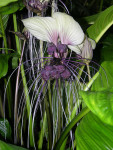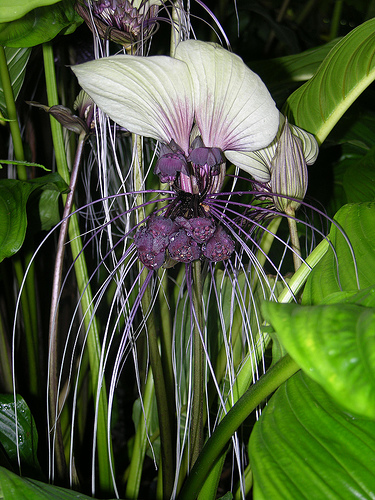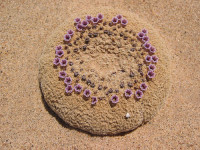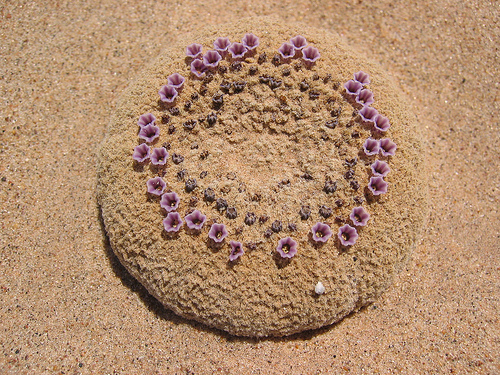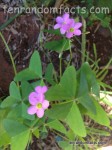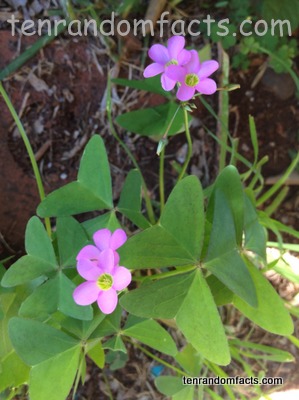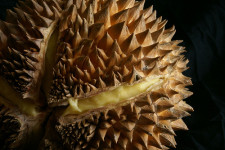
Can you brave the stench of a durian?
- Durians are a species of exotic fruit, originating in Southeast Asia, and due to their overwhelming smell and appearance, ‘durians’ are known as the ‘King of Fruits’ in their native area.
- Durians grow on a genus of trees with the scientific classification of Durio, from the family Malvaceae, the family of mallows, and while there are around 30 species in the genus, only about 9 of those have edible fruit – the most commonly cultivated one has the scientific name Durio zibethinus.
- The length of the typically ovoid to spherical durian is generally between 15 and 30 centimetres (6 to 12 inches), with a diameter of 12 to 15 centimetres (5 to 6 inches), and they usually weigh between 1 to 8 kilograms or more (2.2 to 17.6 pounds).
- The odour emitted by durian flesh is generally considered pungent, most commonly compared to excrement, onions and turpentine fuel, and other unpleasant smells, although some find the smell agreeable.
- The smell of a durian can be quite difficult to remove from enclosed areas after exposure, leading to its ban in some public spaces like buses or other public vehicles, and in tourist accommodation, in much of Southeast Asia.
Durian
Image courtesy of Kazue Asano/Flickr
- Depending on the species, the spiky skin of durians can be a green, yellow, orange, or red colour, with a yellow, orange or red coloured flesh; while 70 to 85% of the fruit’s mass is inedible.
- Durians have an exquisite taste compared to a combination of custard and almonds, if one can get over the smell, which can alter the actual taste to be oniony.
- Durian is commonly eaten raw and chilled, and in sweet foods such as cold desserts, cakes and biscuits, as well as with rice or in curry, and despite being quite expensive, durians are very popular among the locals.
- The spikes of a durian are thorny, so care needs to be taken when handling one; and when the fruit is ripe, it drops from the tree, which can be potentially fatal if it lands on a person’s head.
- Fifty known compounds contribute to the smell of durians, four of which were first discovered in the fruit; and the fruit is high in vitamin C and thiamin, and is a good source of manganese, potassium, riboflavin, vitamin B6, folate, copper and fibre, and contains many other vitamins and minerals.
Bibliography:
Durian, 2006, Northern Territory Government, http://www.nt.gov.au/d/Content/File/p/Fruit/FF5_durian.pdf
Durian, 2016, Wikipedia, https://en.wikipedia.org/wiki/Durian
Stromberg J, Why Does the Durian Fruit Smell So Terrible, 2012, Smithsonian, http://www.smithsonianmag.com/science-nature/why-does-the-durian-fruit-smell-so-terrible-149205532/?no-ist




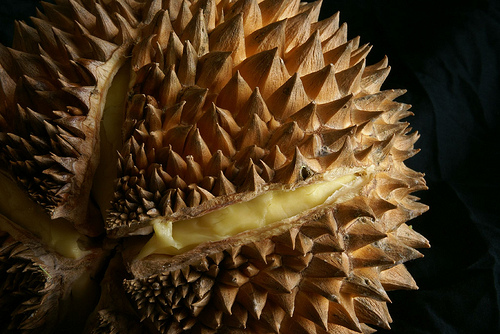
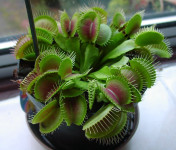
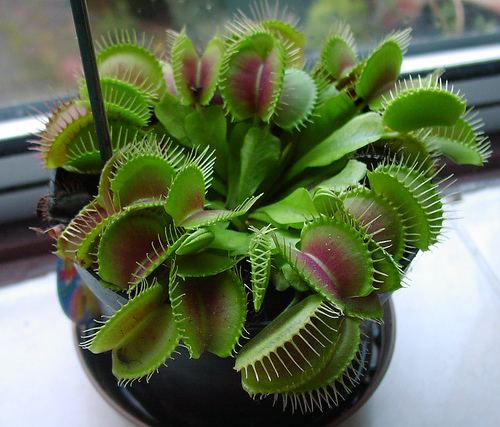


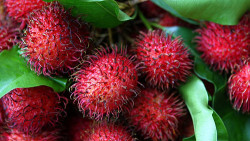
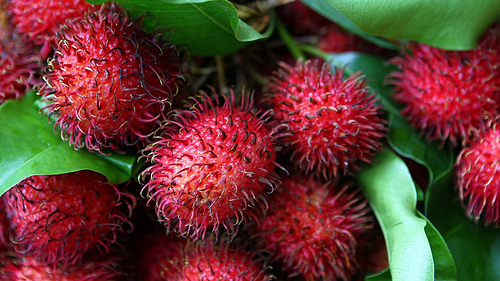 Rambutan
Rambutan